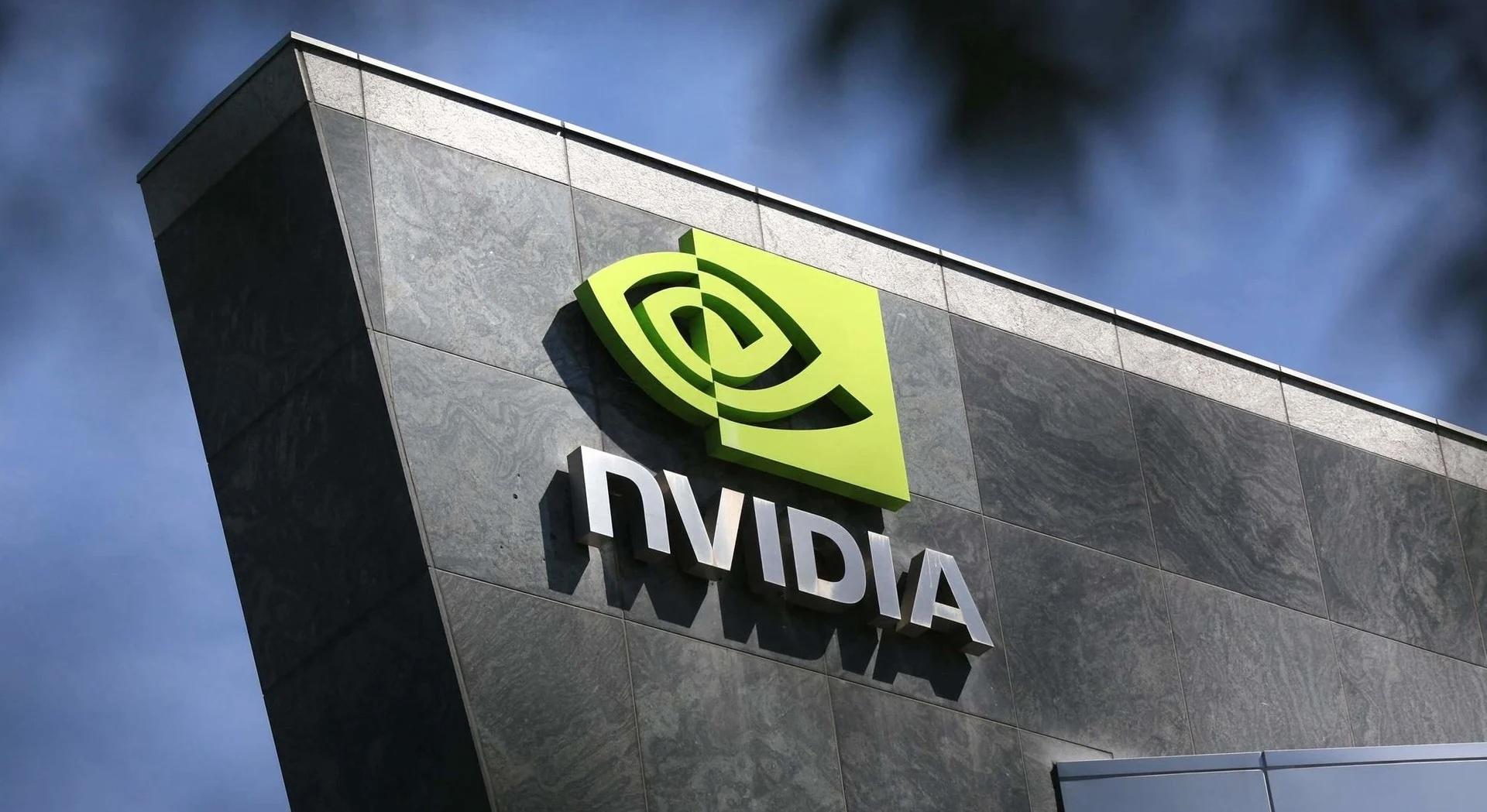Nvidia Acquires OctoAI To Dominate Enterprise Generative AI Solutions

Source: Forbes
This $250 million deal marks Nvidia's fifth acquisition in 2024, underscoring the company's aggressive strategy to build a comprehensive end-to-end generative AI stack for enterprises.
The acquisition by Nvidia comes at a crucial time when enterprises are grappling with the complexities of implementing and scaling generative AI solutions. OctoAI's current offerings include a cloud platform that enables developers to deploy and run AI models with high performance and cost efficiency. Their technology supports multiple chip architectures, including those from Nvidia's competitors like AMD and Intel, making it a versatile solution for businesses looking to leverage AI without being tied to a single hardware vendor.
This hardware-agnostic approach aligns perfectly with Nvidia's ambition to deliver an end-to-end generative AI stack. By incorporating OctoAI's technology, Nvidia can now offer enterprises a more flexible and scalable solution for AI deployment, regardless of the underlying hardware infrastructure. This move is particularly strategic as it allows Nvidia to expand its reach beyond its own GPU ecosystem and capture a larger share of the enterprise AI market.
Looking ahead, the OctoAI acquisition positions Nvidia to capitalize on the growing demand for industry-specific AI solutions. OctoAI had plans to introduce more vertical-specific offerings, including in healthcare, which aligns with Nvidia's strategy to penetrate key sectors with tailored AI solutions. This focus on industry-specific applications could open new revenue streams for Nvidia and further entrench its position as the leading provider of enterprise AI infrastructure.
Read the full article here.